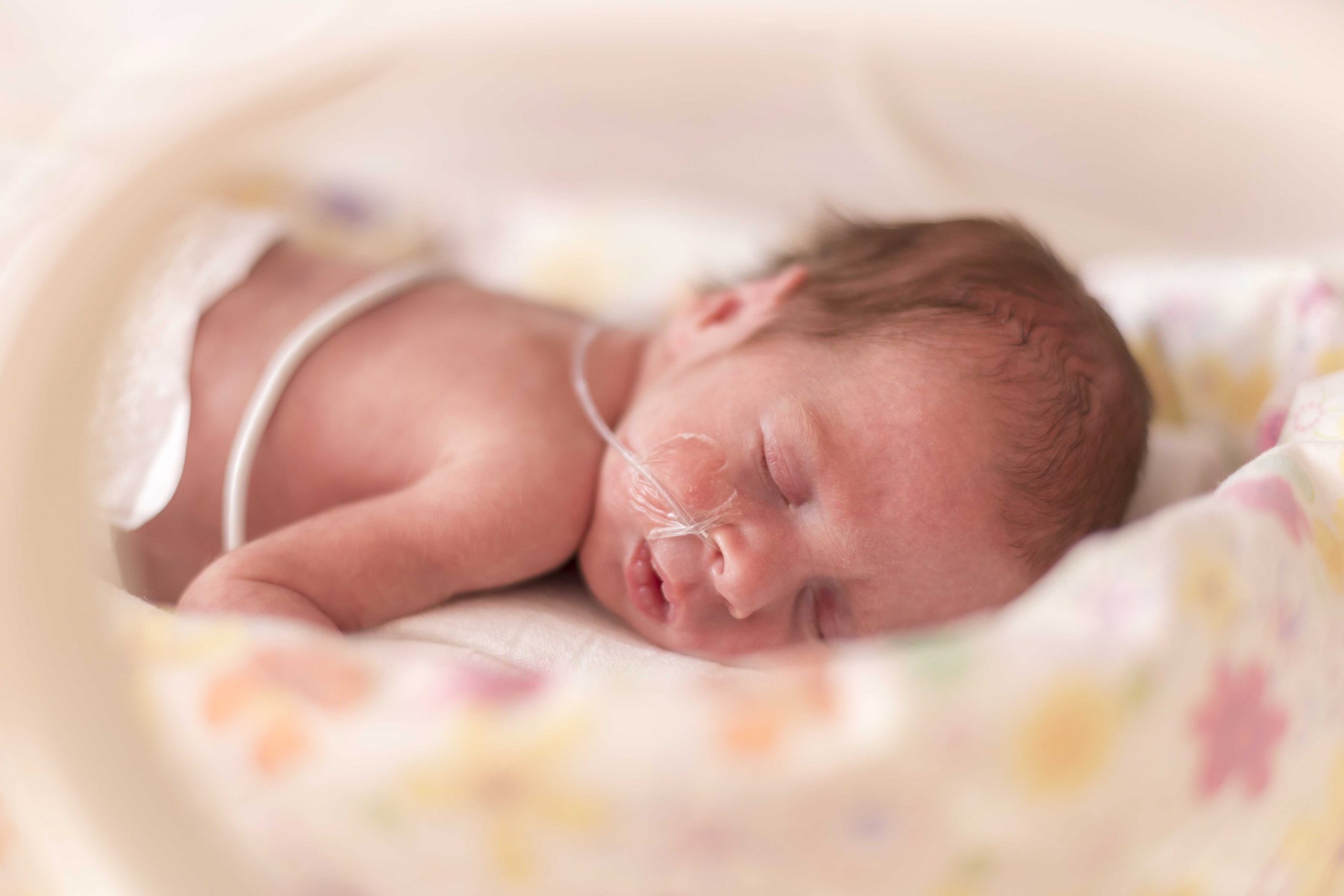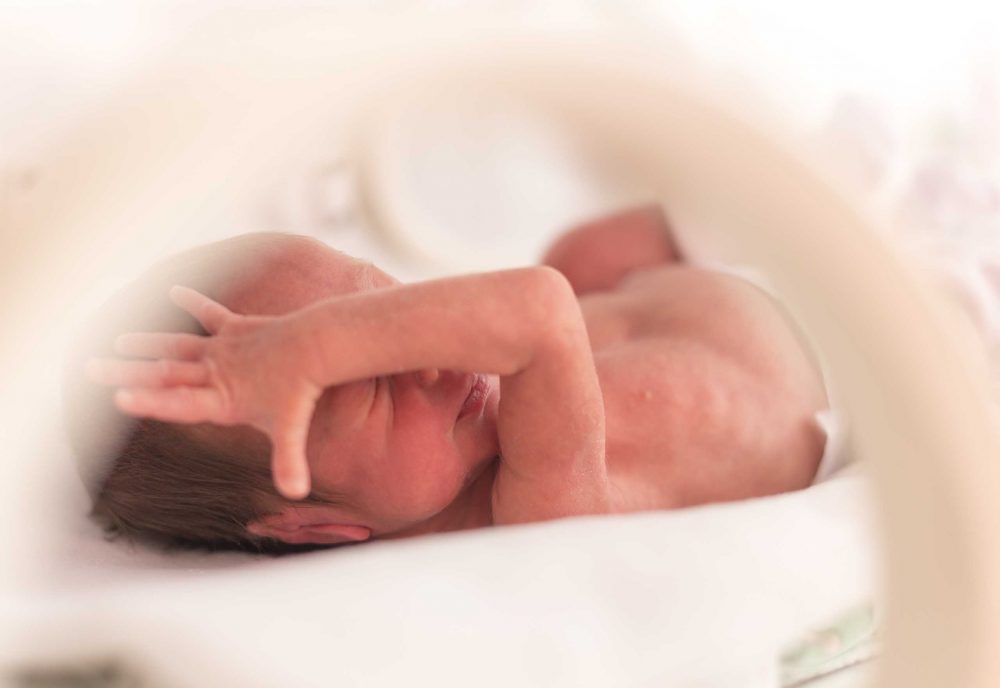
Since its introduction in 1992, the safety and efficacy of Curosurf have been evaluated across more than 25 clinical trials, in over 5200 patients, with continuing support dedicated to the advancement of neonatology research and the treatment of RDS.1
Here you will find the latest and most pivotal clinical studies of Curosurf. Click on the title to download each PDF. Please note that due to licensing arrangements with publishers, some downloads are being provided directly from the publisher’s website.
Federici C, et al. Eur J Hosp Pharm 2021;0:1–7. doi:10.1136/ejhpharm-2020-002465.
The purpose of this study was to estimate the budget impact of LISA compared with management based on continuous positive airway pressure (CPAP) alone and rescue surfactant therapy in case of CPAP failure.
View studyChallis P, et al. JAMA Netw Open. 2021;4(5):e217269. doi:10.1001/jamanetworkopen.2021.7269
This population-based cohort study used registry data for 97 377 infants born in Sweden between 2009 and 2018, evaluated registered use, off-label use, and omissions of surfactant treatment by gestational age (GA) and associations with outcomes, mainly among very preterm infants (GA <32 weeks).
View studyGulczyńska E, et al. Neonatology 2019;116:171–8.
This multicenter, prospective study enrolled infants <30 weeks’ gestation in whom CPAP was initiated within the first 15 min after birth. In the univariate and multivariate logistic regression models, demographic, perinatal, and respiratory parameters were analyzed.
View studyDargaville PA, et al. Pediatrics 2016;138(1):e20153985.
In this population-based study of preterm infants of gestational age 25 to 32 weeks, outcomes after CPAP failure (need for intubation <72 hours) were compared with those succeeding on CPAP using adjusted odds ratios (AORs).
View studyDargaville PA, et al. Neonatology 2013;104(1):8–14.
This retrospective analysis of prospectively collected data led to the conclusion that although there was no perfect indicator of nCPAP failure it was predicted by high FiO2 (above 0.30) in the first hours of life. This study may be relevant as clinicians consider which patients are candidates for selective surfactant with INSURE.
View studyVerder H, et al. Pediatrics 1999;103:1–6.
This was a multicenter randomized controlled trial and was one of the first to demonstrate the efficacy of Curosurf when used in conjunction with nCPAP and the INSURE strategy.
View study